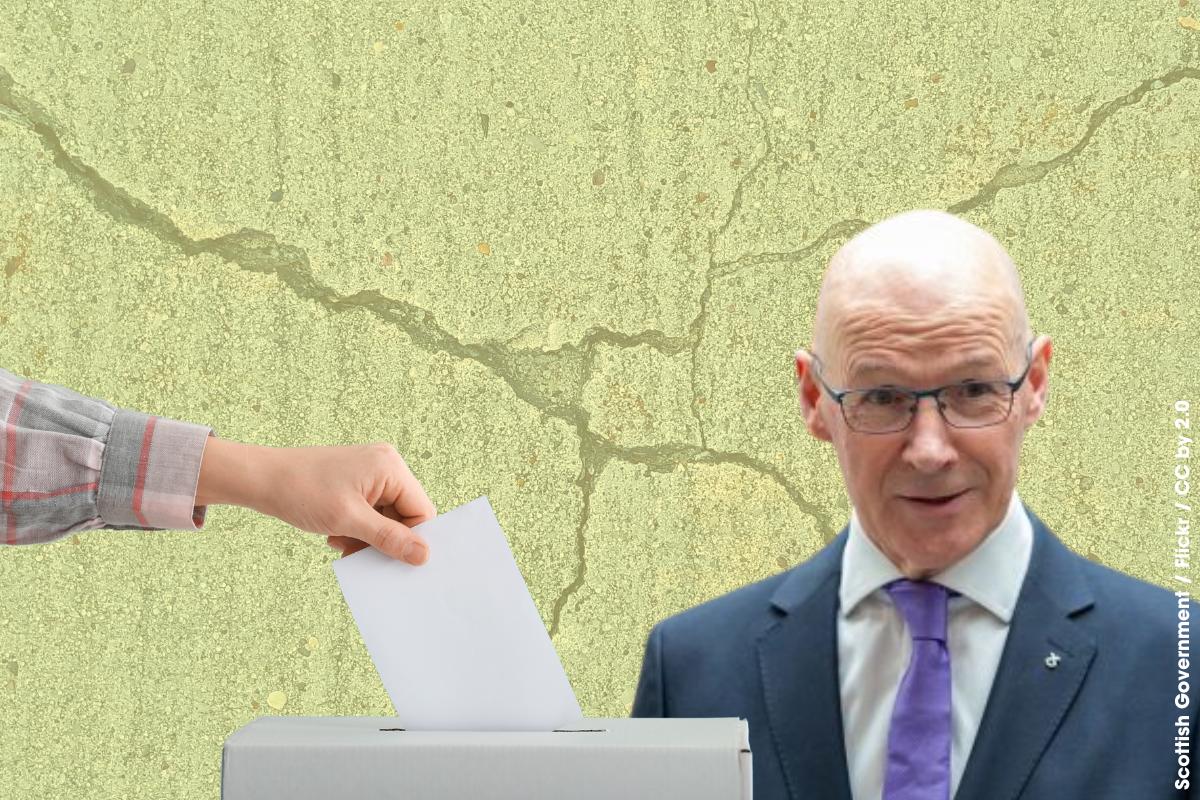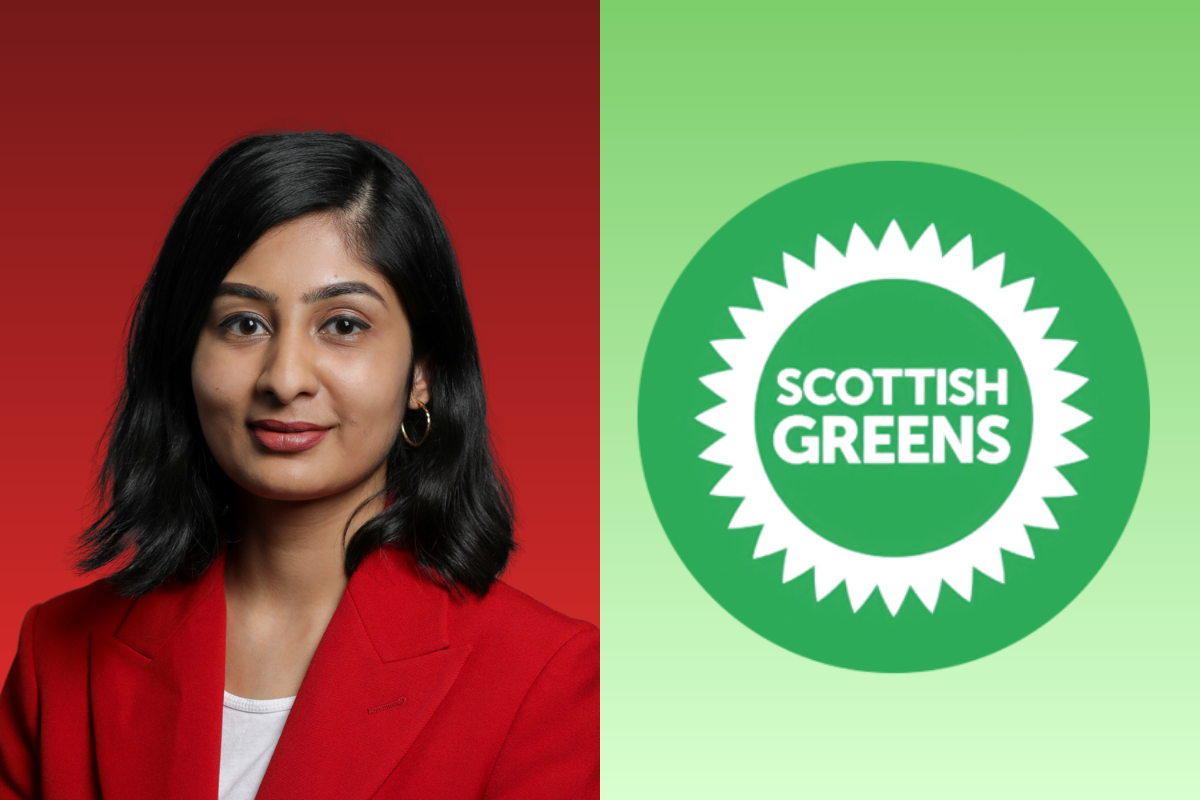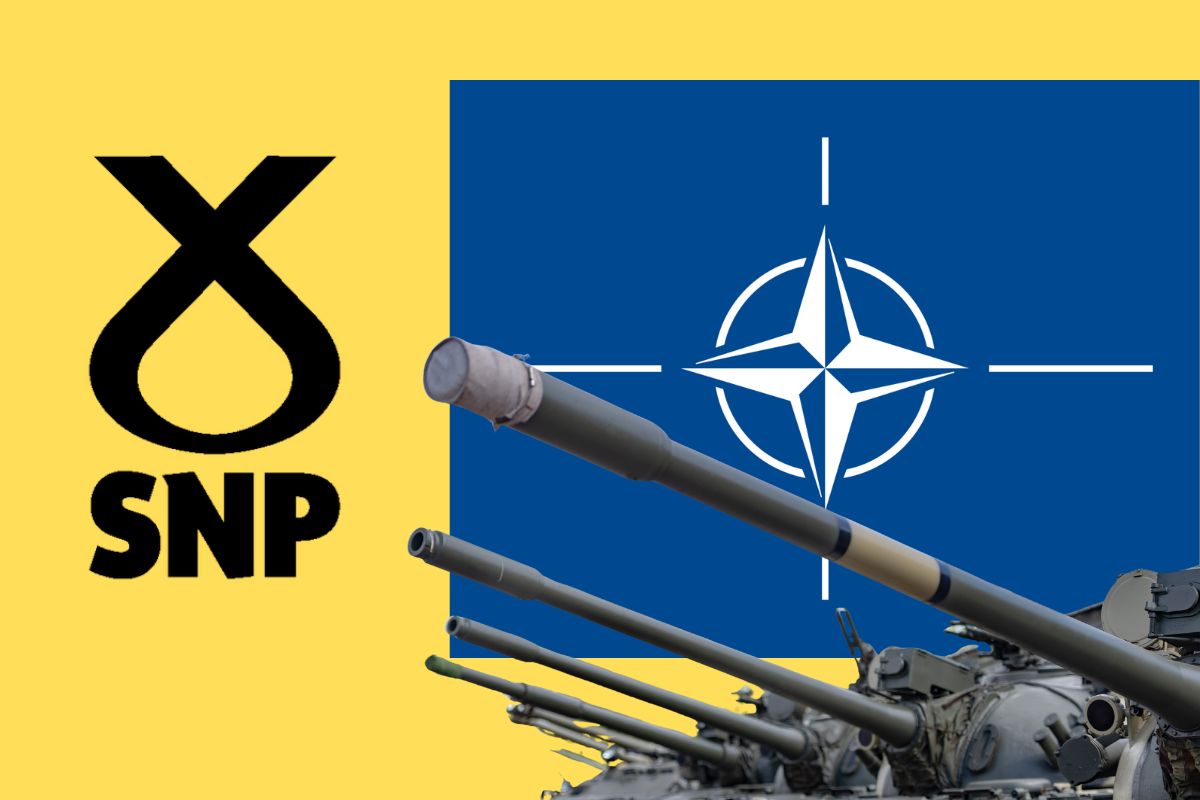The Scottish National Party (SNP) had its wings clipped at the polls in this election. But its troubles are far from over.
The SNP has ruled over Scotland for the past decade or more. But on 4 July, it lost half a million votes compared to the 2019 election. Combined with a collapse in the vote for the Tories, this allowed Starmer’s Labour to take the majority of Scotland’s seats in Westminster.
In several areas, turnout was at or below 50 percent, revealing the complete lack of enthusiasm felt amongst voters for all the major parties. Across Scotland’s central belt, turnout fell by around 5-10 points.
SNP leader John Swinney was clearly expecting a bad election night. But with only nine seats left in the Commons, it turned out worse than even the most pessimistic forecasts.
The SNP lost both Edinburgh and Glasgow, along with towns across the Lothians, Fife, and West of Scotland, while only narrowly keeping a hold of Dundee.
Photos showing the First Minister speaking to just half a dozen party activists, outnumbered by the press, revealed the extent to which the SNP – once a powerful election-winning machine, possessing a mass membership – has completely withered away.
Austerity agenda
In response to this strong rebuke, Swinney said that the party had to ‘reflect’.
Only a few days later, meanwhile, the new UK Prime Minister paid his Holyrood counterpart a visit, to ‘reset’ relations between the Scottish government and Westminster.
Starmer and Swinney exchanged nice phrases about working together on ‘common ground’, such as child poverty and public services. But these are clearly hollow words.
The Labour leader has barely stepped foot into Number 10. But already he has announced that there is no money. The Tory austerity agenda will continue.
Independence impasse
Swinney spent his whole election campaign saying how further cuts were being lined up for Scotland, whoever ended up in Downing Street. The only way out is independence, the SNP’s argument goes.
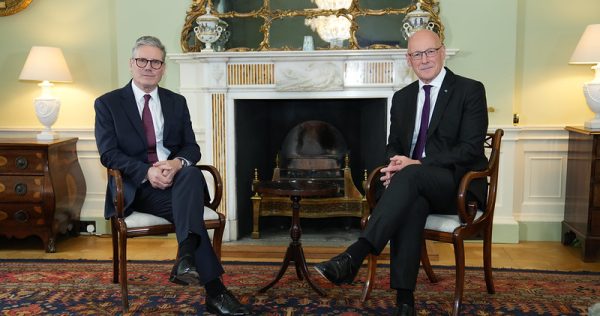
The result of his ‘reflection’, however, will almost certainly be that independence is ruled out for now, despite still maintaining high levels of public support.
This is the meaning of the ‘reset’: a retreat from the SNP position that independence will be achieved in the short-term, and a capitulation to Starmer’s ‘tough decisions’ over austerity.
Clashes between Holyrood and Westminster cannot be ruled out. Having been humiliated in the polls, however, the SNP leaders will be in no position to apply pressure on Starmer’s government, and will have little appetite for the “good old-fashioned rammy” that Nicola Sturgeon once relished.
Revolutionary alternative
The SNP lost badly because they have completely shed the anti-establishment, semi-radical (yet still completely reformist) image that the party managed to forge in the aftermath of the 2014 independence referendum.
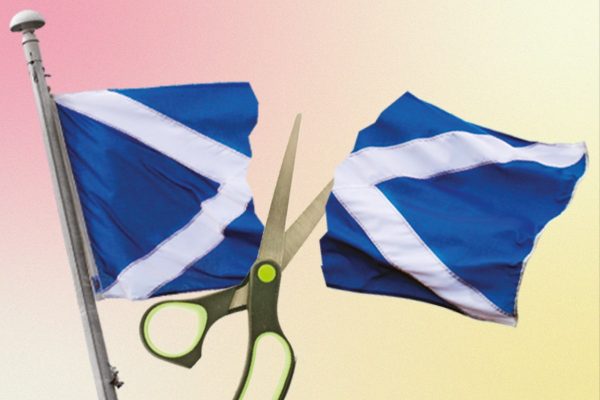
A decade of passing on austerity, and leading the independence movement up the garden path, has caught up with the bourgeois clique at the top of the SNP.
There is certainly a desire for change in Scotland – but also few illusions that ‘Sir’ Starmer will offer any real alternative for workers and youth on either side of the border.
That is why the RCP is mobilising this summer to build the forces of revolutionary communism across Scotland.
Click here to register for the upcoming RCP Scottish conference on 27 July.

